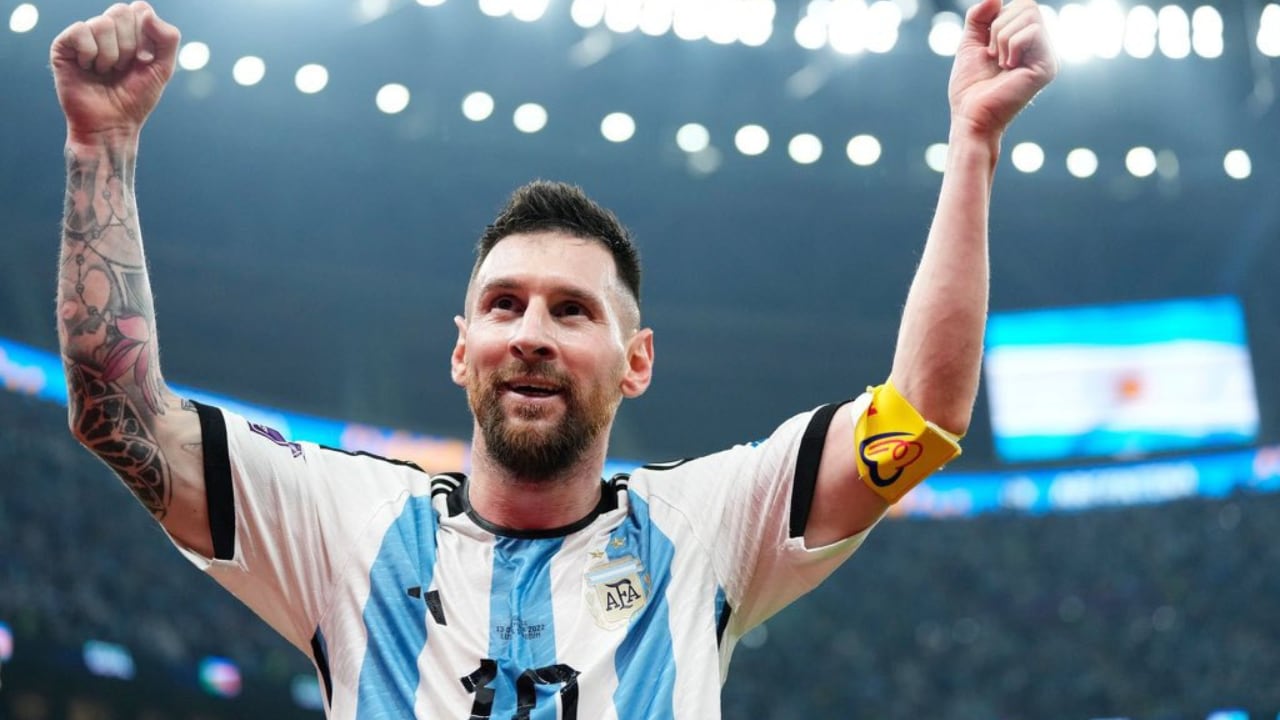From the first kickoff to the final whistle, the 22nd edition of the FIFA World Cup in Qatar was the most exciting event of the year. Audiences around the world saw 32 countries fight for the coveted crown from November 20. But the race finally came down to two teams. Argentina which played defending champions France at the finals at the Lusail Stadium in Qatar on Sunday, December 18 and took home the shiny World Cup after a gap of 36 years. Messi acquired a demigod status globally and fans around the world couldn’t contain their happiness to see the ‘Goat’ finally lift the World Cup!
The FIFA World Cup is a great example of how passion and a sports event can capture the imagination of the planet. That’s why brands love the world cup. You get to meet consumers where their passion points are and tapping into this passion makes your campaigns social and engaging, rather than static and one-way. Plus, the FIFA World Cup is arguably the biggest global event in sports. Traditionally billions of viewers watch the World Cup, and as they concentrate on what is happening on the pitch, the names of some of the world’s biggest companies flash behind the players on a rolling, technicolored loop – Budweiser, Visa, Coca-Cola, Qatar Airways, Adidas, McDonalds, Wanda, Vivo, Hyundai Kia, BYJU’s and Vivo.
FIFA President Gianni Infantino recently shared at a news conference that the organization has earned a record $7.5 billion in revenue through commercial deals tied to the 2022 World Cup, $1 billion more than what it earned from the 2018 World Cup. And during the next cycle building up to the 2026 World Cup held in the United States, Mexico and Canada, Infantino forecasts a revenue of $11 billion.
We were on ground covering the World Cup and catching up with all the fans who had travelled from all over the world to watch their favourite players live in action. We also spent some time understanding the brand action and excitement around the event and many brands indeed made a splash on ground.
But in spite of a high octane tournament and a riveting final match, Qatar 2022 for sponsors was different in many ways. Many of these brands, were caught in the geopolitical crosshairs of this tournament, balancing their sponsorship with criticisms levelled at FIFA, soccer’s governing body, and Qatar, the host, notably around human rights issues. With several bans in place, including sale and consumption of alcohol, PDA, display of sexual orientation and adherence to a strict dress code made many fans wonder if at all it was a good idea to host the World Cup in Qatar. But as someone who was on ground, the arrangements, the infrastructure and the overall management of huge fan crowd on location left us impressed. Plus a couple of brands that we spoke to were not very concerned about the restrictions at all. Of course, Ab InBev was not ready to speak about being left out of stadiums when it came to serving their beers!
The bottom line is, in spite of all the scrutiny and controversies, the FIFA World 2022 in Qatar was a no-brainer to invest in with billions of eyeballs on a logo or marketing slogan during a troubled time for the global economy. The boost from the tournament would possibly offset the advertising market’s broader weakness.
